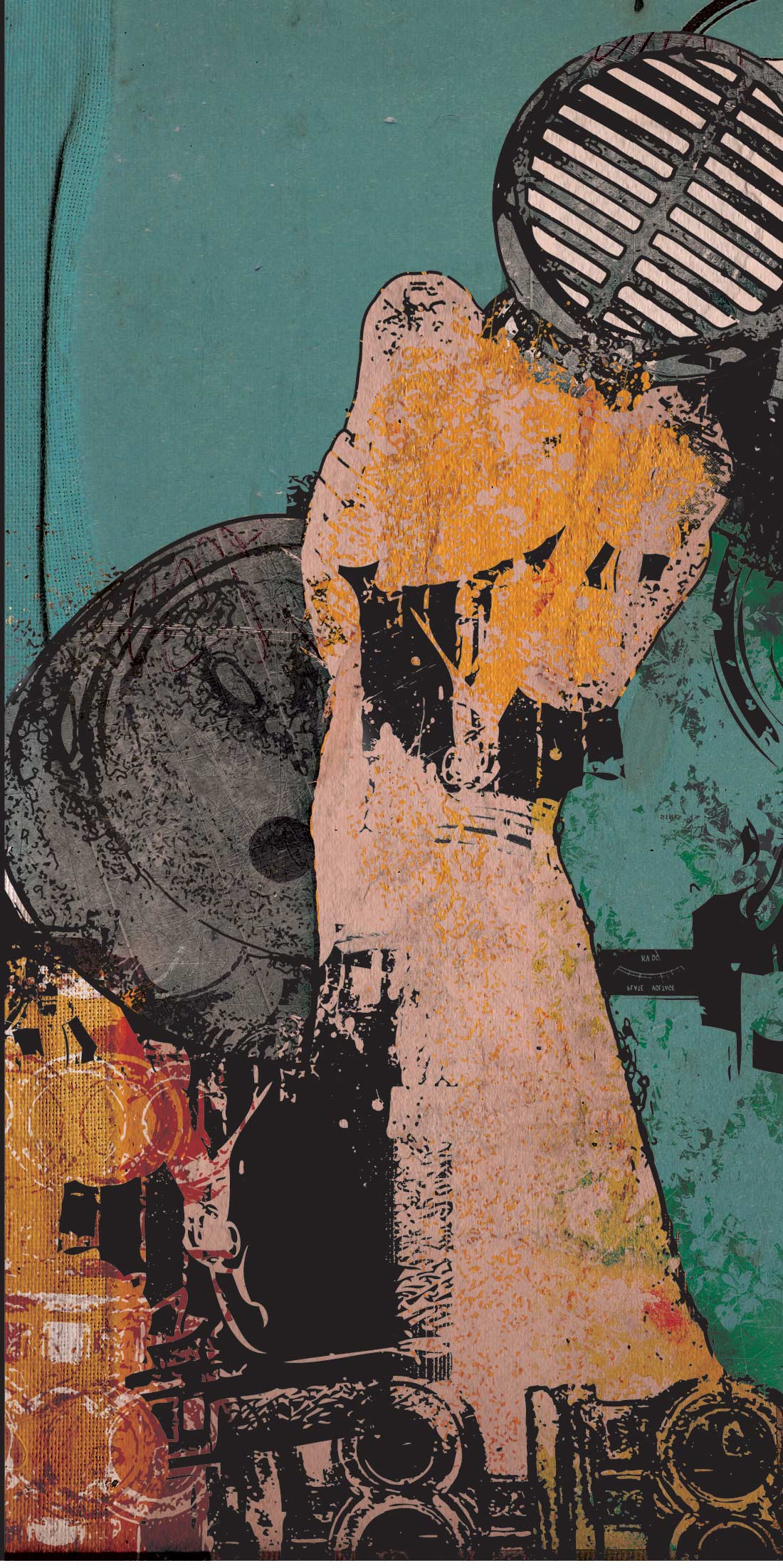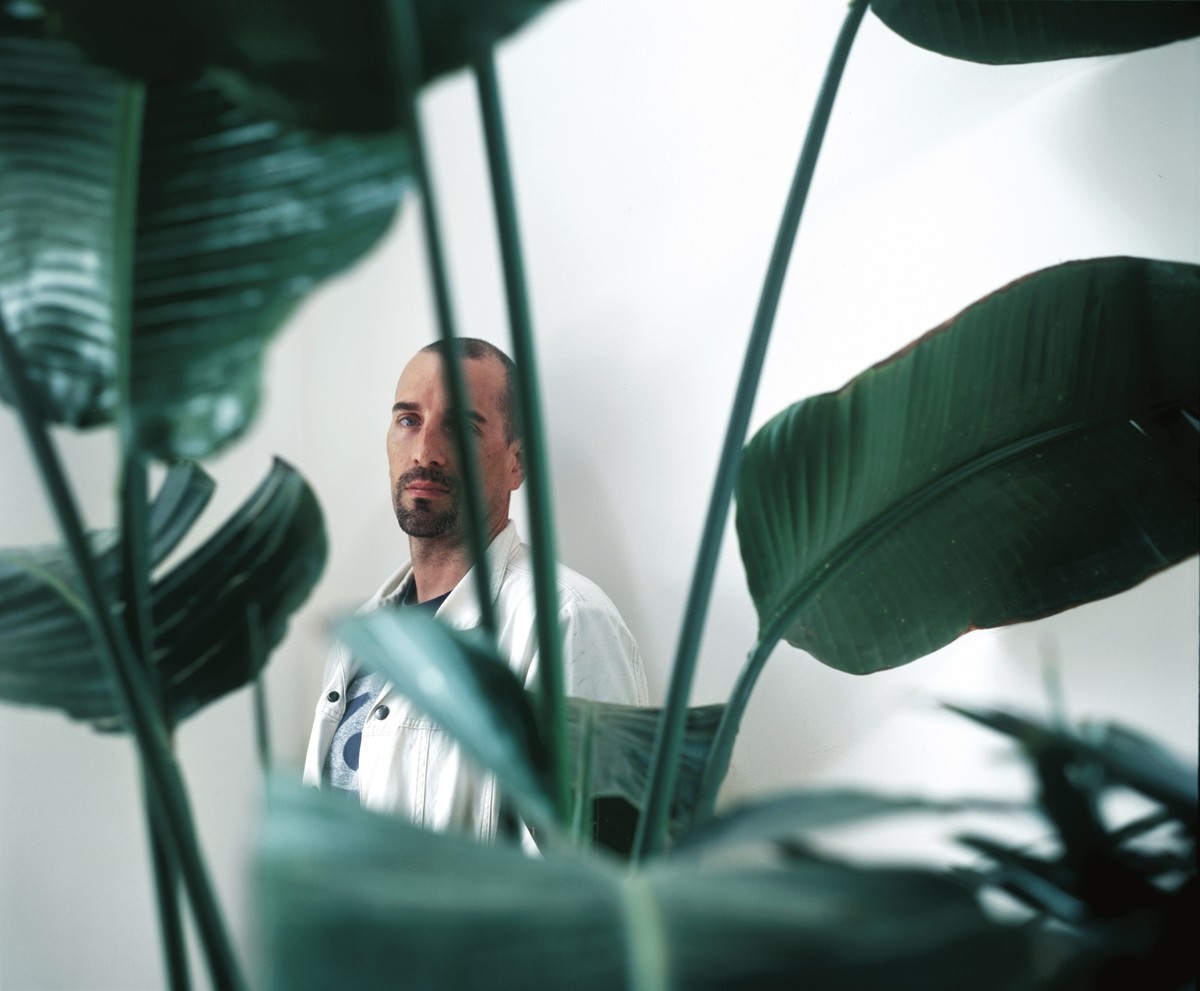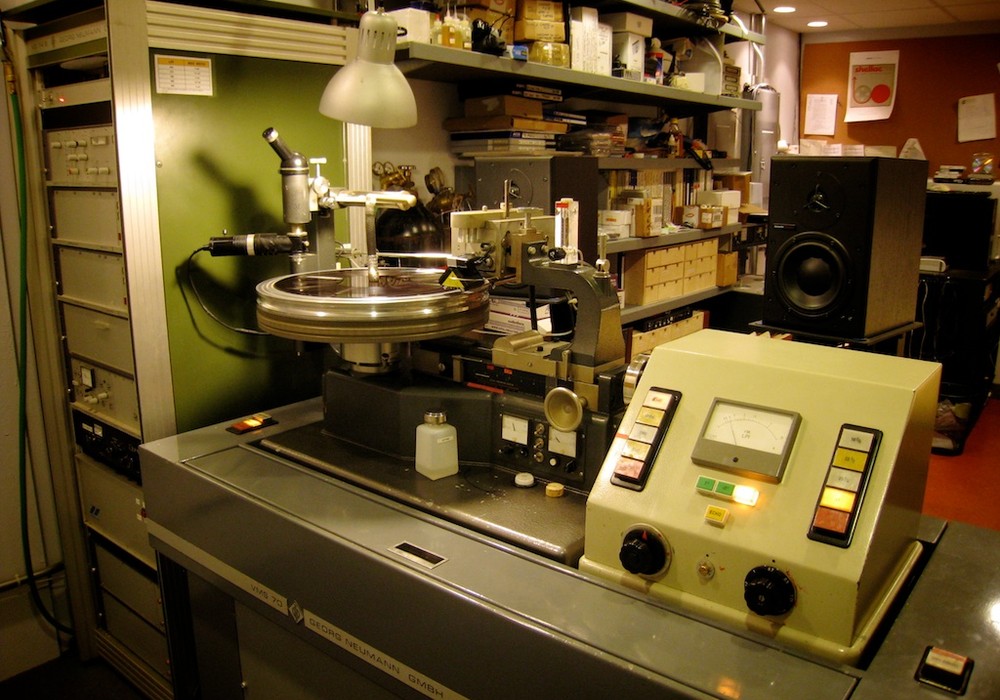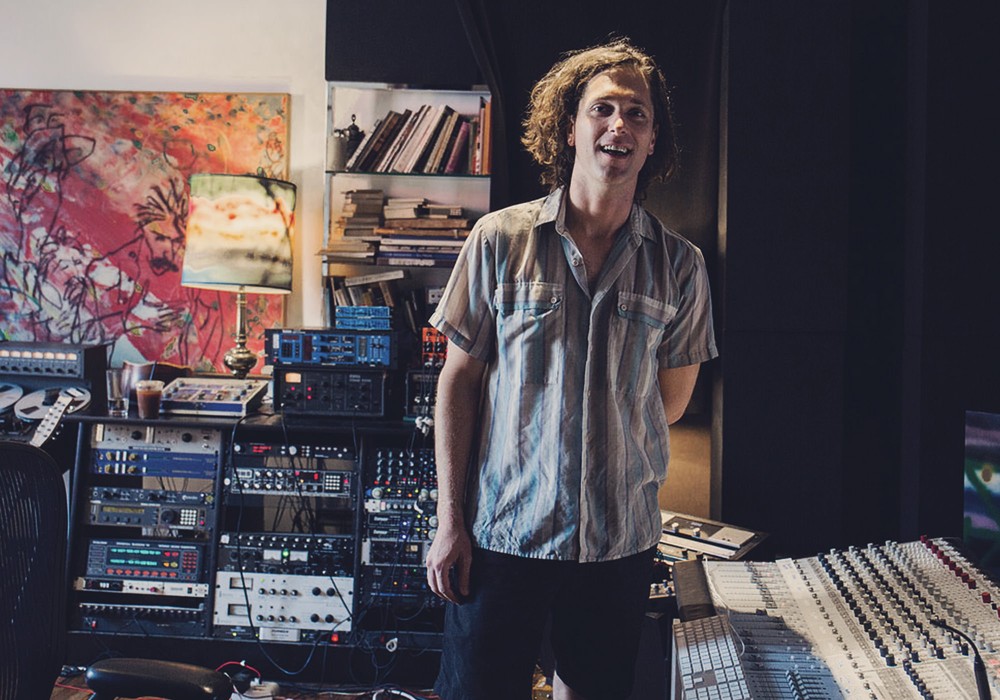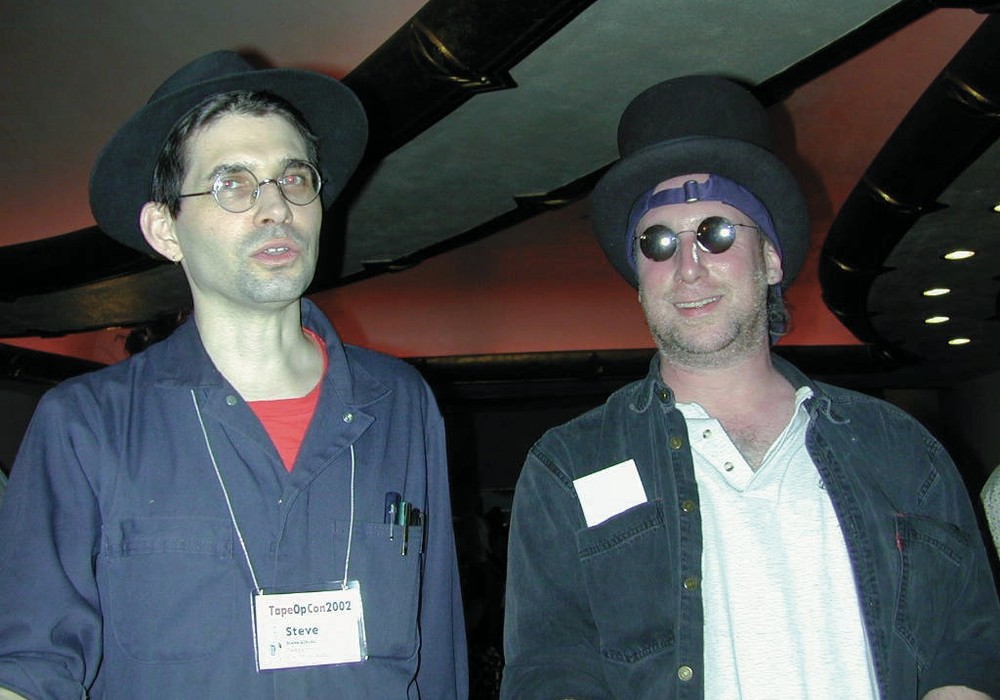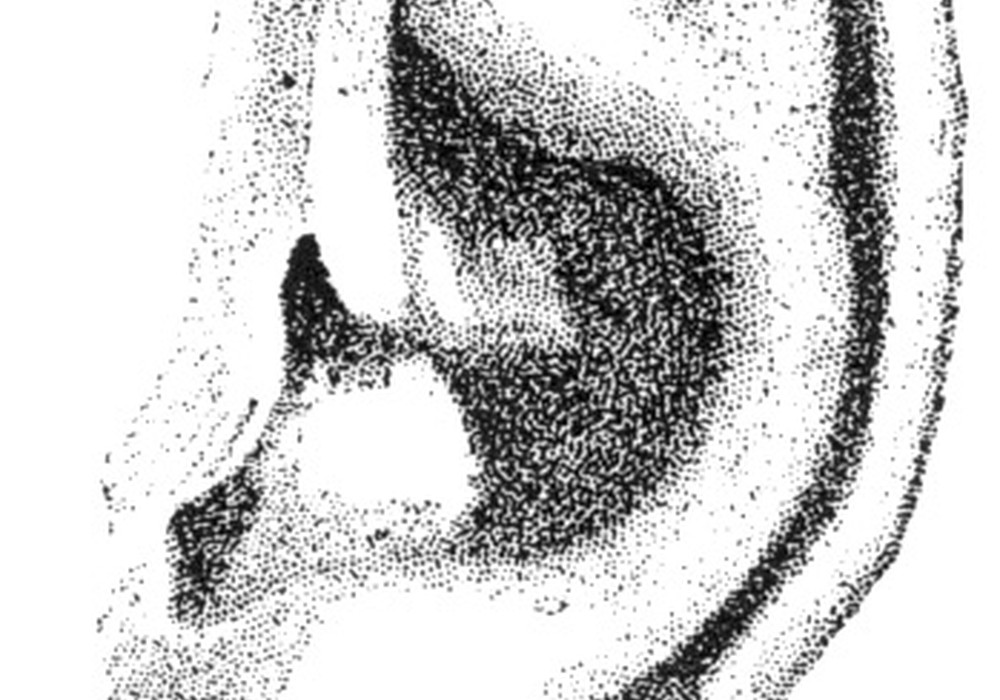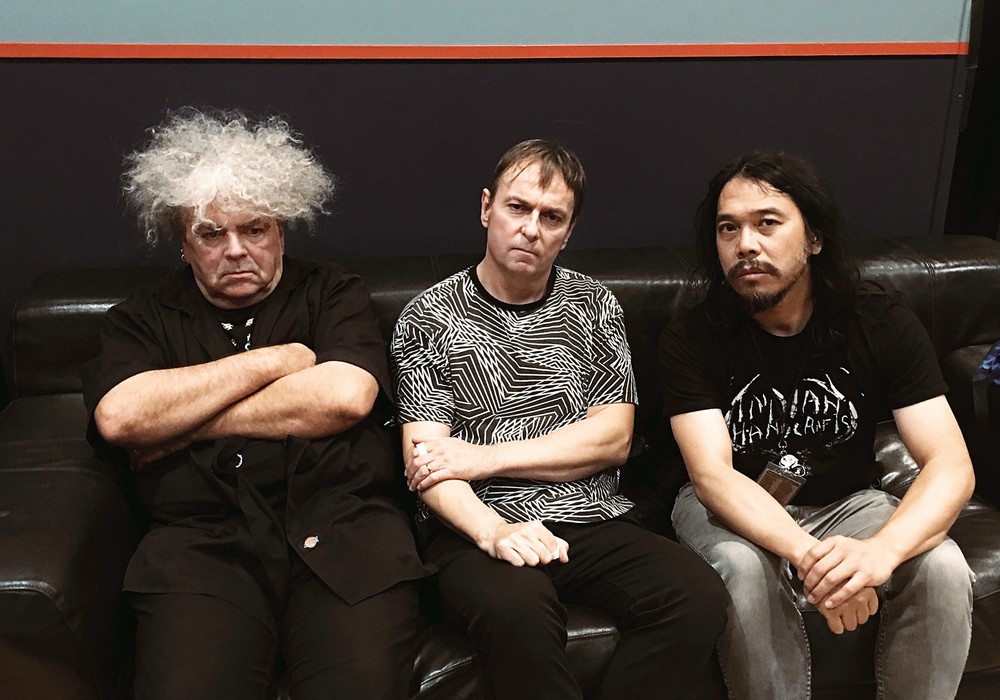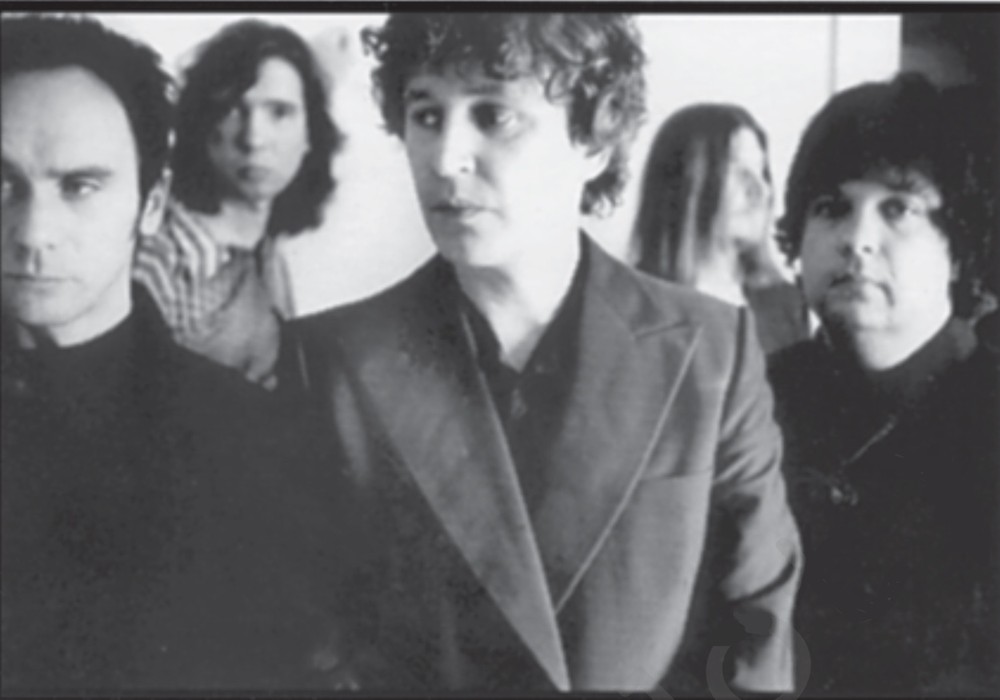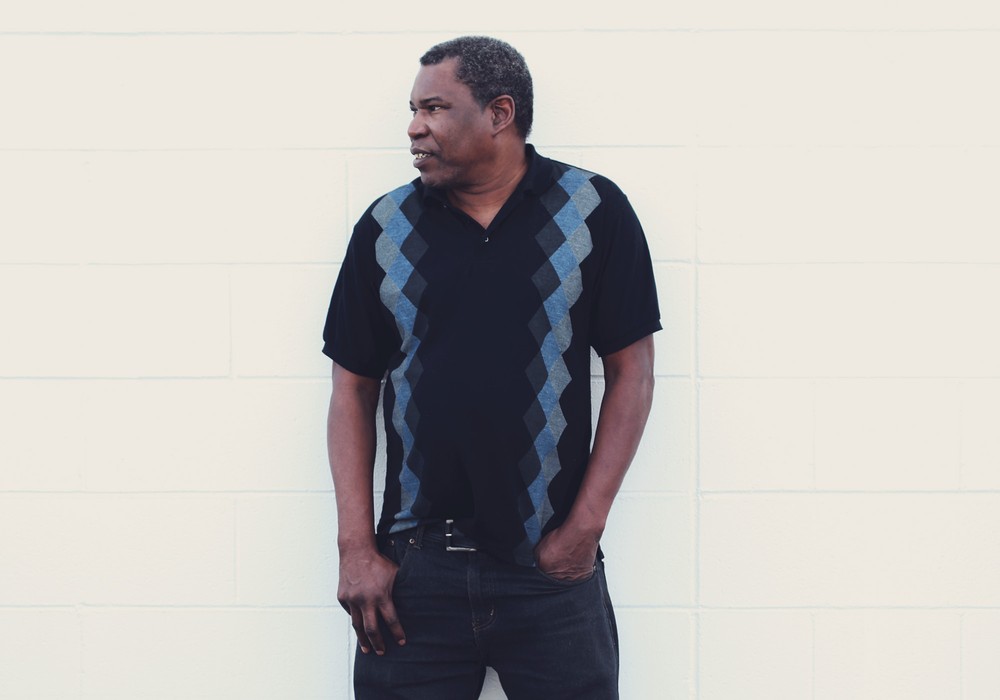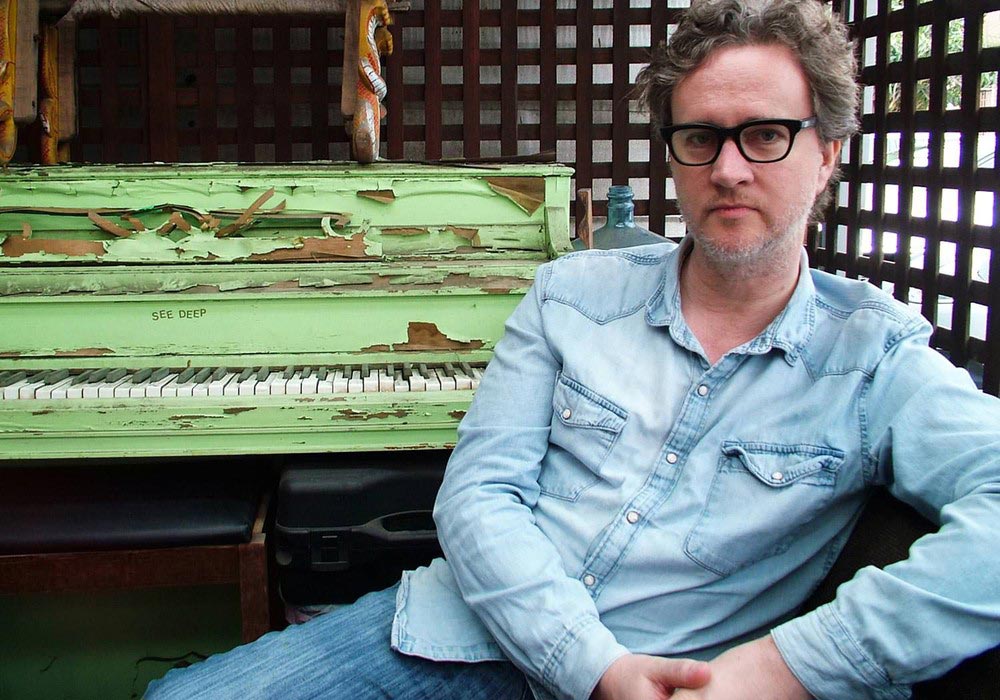He has been able to fly below the radar for most of his career. That is all about to change. Musician, engineer, producer and sound designer Damian Francis Wagner now enters the fray. His influences range from Killing Joke to Kraftwerk to Beaver & Krause, from Thelonious Monk to John Lennon to My Bloody Valentine [Tape Op #26]. Damian has even designed sound and music for Nike and Gucci. He has composed music for the blockbuster films Heat and Blade. His music and sound design can be heard on Madonna's Ray of Light album. He has edited and mixed tracks for a variety of well-known artists, including The Stooges, Pharrell, Mary J. Blige and U2. He's even worked with Michael Jackson. More recently Mr. Wagner has begun to make a name for himself as a creative sound designer for avant- garde multimedia audio and video installations in museum spaces. His work can be seen (heard) in such well-traveled halls as New York's Whitney Museum, PS-1, the Museum of Modern Art, and the Centre Pompidou in Paris. It was mainly about this particular twist on his exciting career path that I recently spoke with Mr. Wagner.
Having started as an artist and multi-instrumentalist, what led you to engineering and production?
One of the first jobs I had was working in a music store in Minneapolis, selling guitars and synths. I made some contacts there and I started engineering for the Fairlight Series III. The orchestral libraries we produced required me to hyper-focus on the recording and engineering aspects, which helped to discipline and develop my ears in a new way. I was then asked by some friends to design their recording studio, which was based around a Synclavier. I stayed on at that studio and ran the Synclavier for a few years, until I moved from Minneapolis to L.A. to work for Virgin Records as a house engineer/producer. I still love the Synclav — great sounds! After three years as Director of Audio for Virgin in L.A., I was ready to work on a wider variety of projects, incorporating music and sounds that aren't necessarily music in the usual sense. I started Sound Furnace, Inc. to do just that.
A lot of your more recent work seems to be in the form of avant-garde sound installations and museum pieces. What sparked your move into this arena?
It all started in college, really. I used a Simmons EPROM blower to make a mannequin respond by striking it with a drumstick. I think it said, "Please have a mint." Several years ago I was approached by my friend, well-known artist Doug Aitken, to create the sound for his three-screen epic installation entitled "Interiors" — which has just been added to the MOMA's permanent collection. It's a piece about chaos and harmony, and about how rhythms and musical time can come together and then separate, like the collision of sound from a passing car interacting with your own voice to create something new and larger — and, in some cases, quite interesting.
Describe this a bit more. I'm trying to imagine what kinds of sounds you are talking about.
This particular piece is comprised of four scenes cycling over three separate screens. Each scene follows individual actors (one of whom is Andre 3000 from the hip-hop duo Outkast) through different landscapes and spaces. I started with real sounds to match each scene, and slowly began to process and warp the sounds, to soften the edges and create something more tailored. The music was created by matching the tempos for each scene, and then sequencing the more organic parts of the instrumentation to fit with the sound. As time passes while the observer is watching the piece, the actors' worlds begin to intersect and sync up with each other, culminating in an intense piece of music composed of a tap dancer, an auctioneer, a handball player and a rapper. Three separate stereo music and sound mixes slowly fall in time with one another at certain key moments. It's like a wave breaking. The sound starts very simple, and then slowly develops into a wild crescendo — only to go silent and begin again. It's very hypnotic. It took me about two months to finish this particular piece.
It must be an interesting experience creating a sound installation for a museum space, as opposed to the typical hip-hop, indie rock or singer- songwriter music that most engineers and producers are involved with these days.
It is, because that environment is such a totally different way of experiencing sound and visuals. It's almost like being in a church or a cathedral. You're going to a specific place to experience something with no real expectations other than that you will be part of that environment for a certain amount of time. There is film or video, but you don't have a trailer showing you what you are going to see next on the screen. Usually the spaces are very large , so managing that can b e challenging. Carpet and other sound- absorbing materials are generally used. This tends to create more intimate and pleasant spaces. With this piece that we've been discussing — and I didn't plan this, it just ended up being a sort of happy accident — the observer hears the sound as he or she is walking towards...
